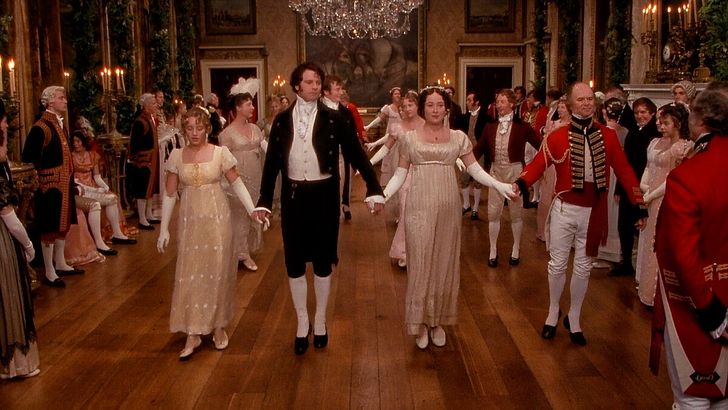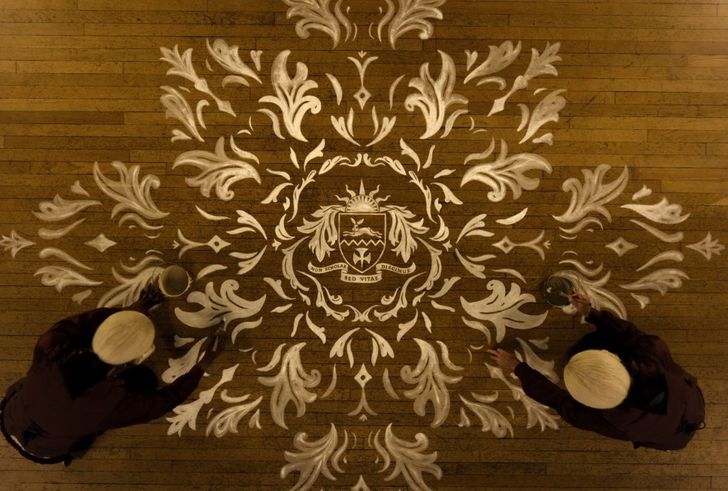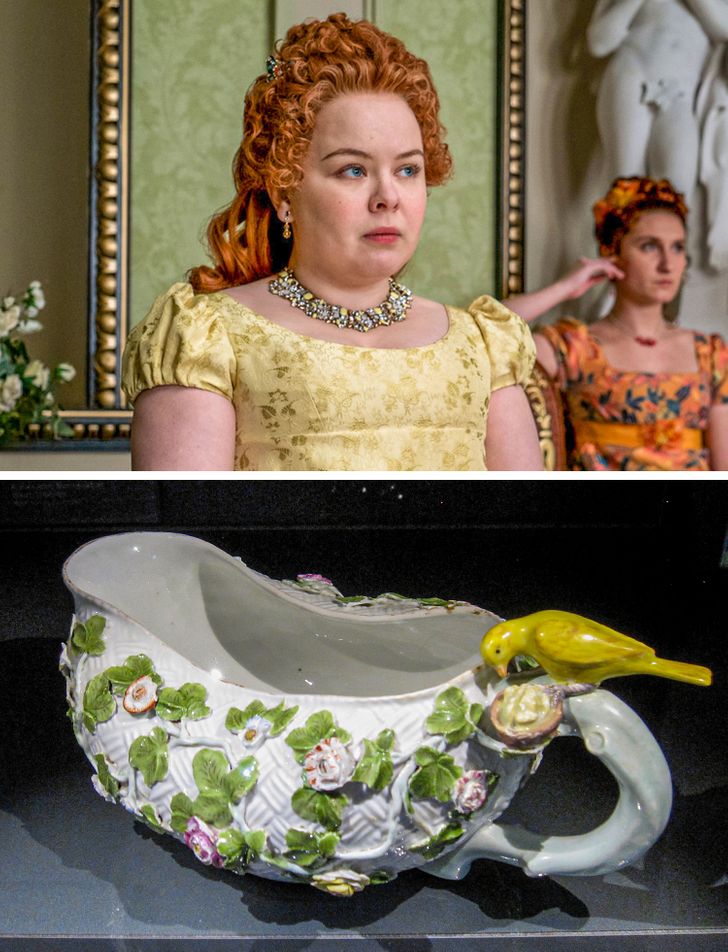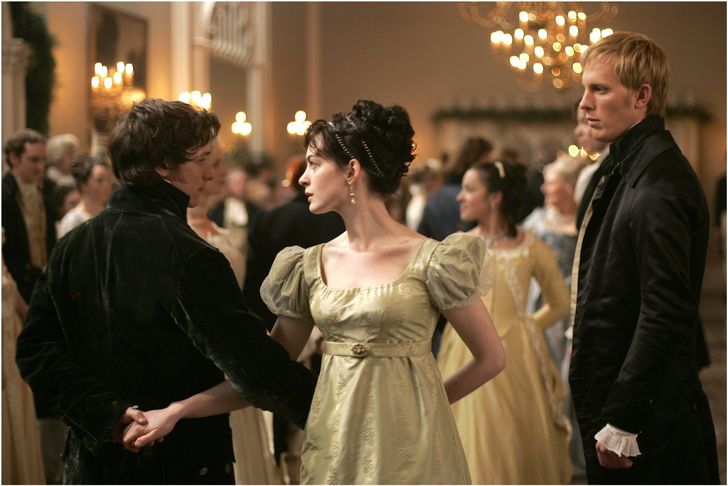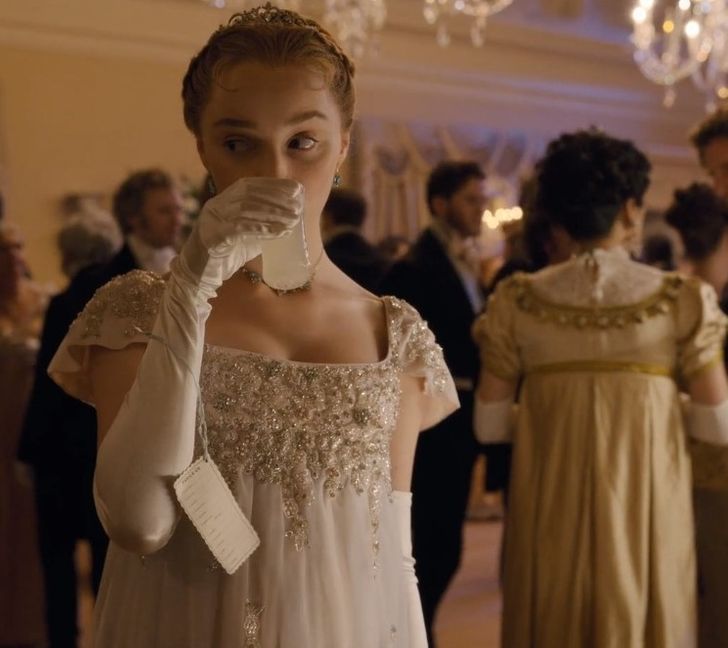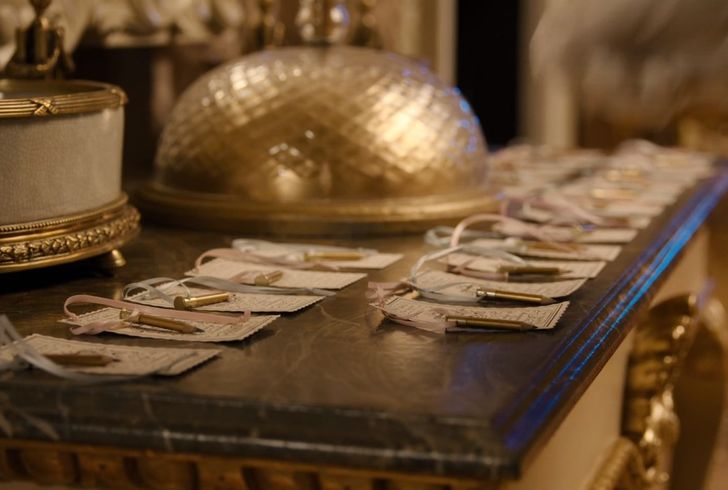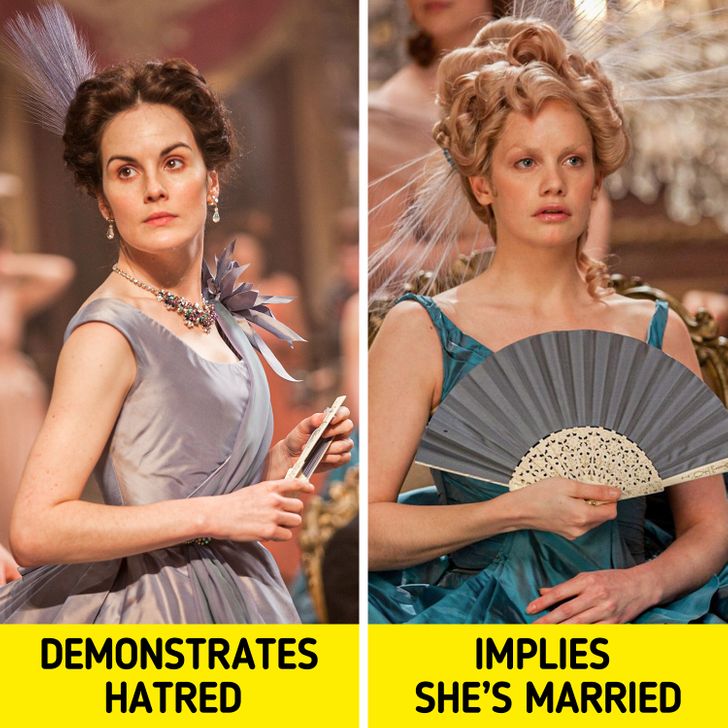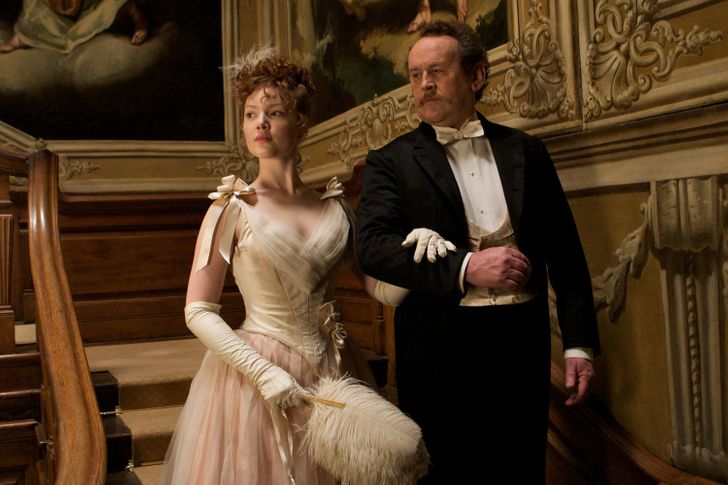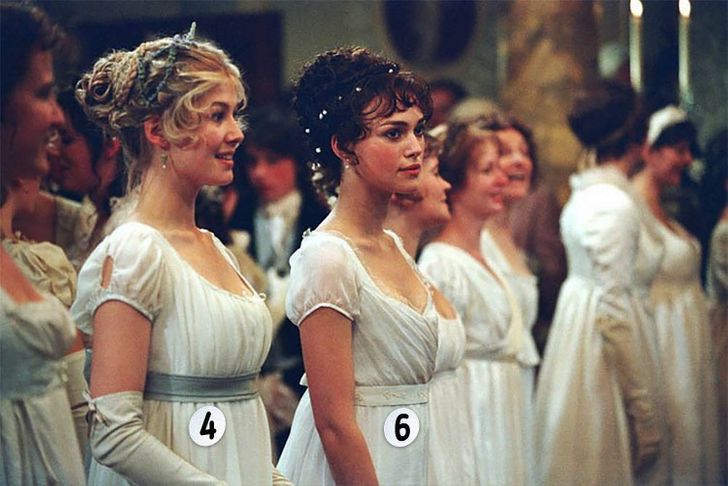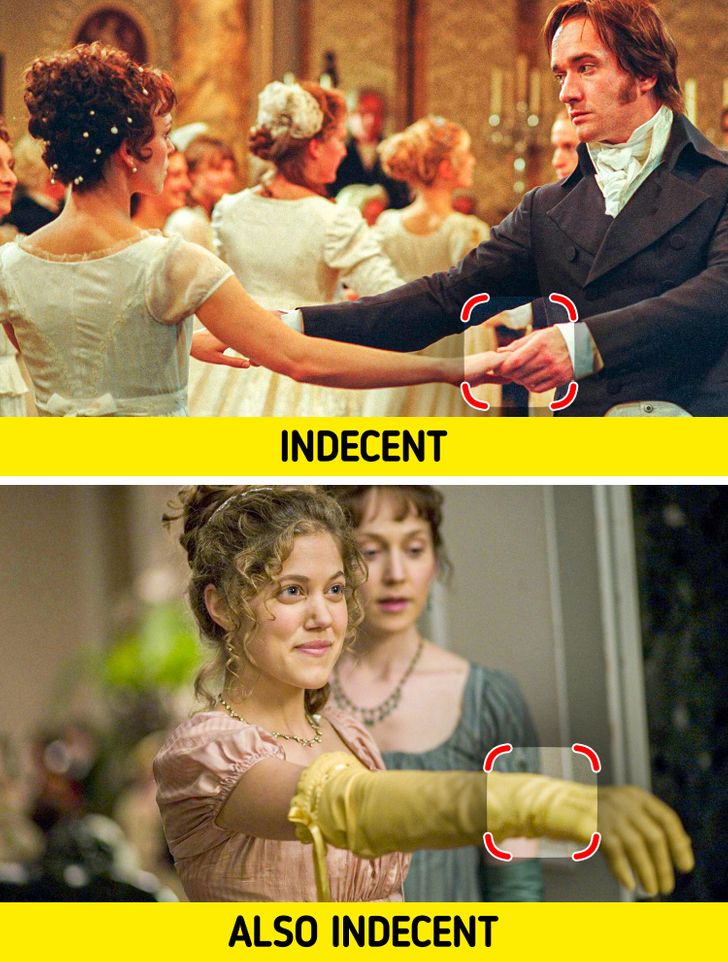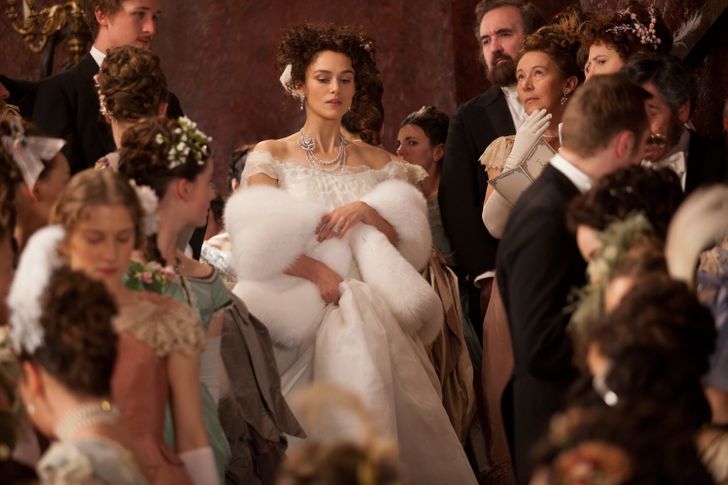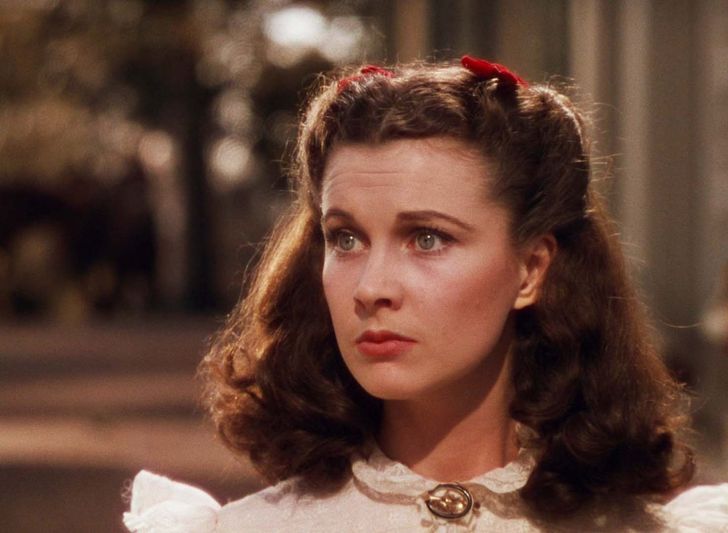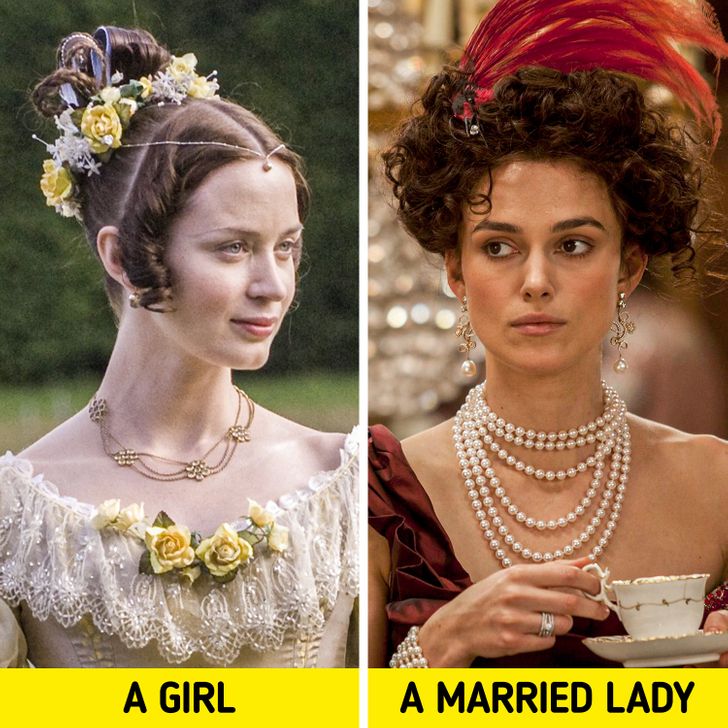I know that this fan is shocked because your images show Regency period, not Victorian. The Victorian period was two decades after.
12 Facts About Victorian Balls That Could Even Shock Fans of Historical Fiction
In the previous centuries, a ball was a popular form of entertainment. Everyone loved to dance, from representatives of high society to commoners. The preparation for this event required a lot of effort, from both hosts and guests. And it wasn’t just about the decoration of the ballroom and sending invitations. Because balls were usually held a few times a year.
At Bright Side, we decided to find out how difficult it was to arrange a ball in the 19th century.
The house had to be prepared.
Preparation for a ball wasn’t an easy task. There were many rules for how to behave and dress appropriately. The host had to invite more men than women and not invite more people than their house or hosting area could accommodate. When someone’s house was used for the ball, usually the biggest room was chosen from where all the furniture would be removed.
The walls would be draped with fabric, and the room would be decorated with plants and flowers. If the windows had dark curtains on them, they would be replaced with thin curtains in light colors. The perfect hue for the decor was believed to be pale yellow. Sometimes there were not enough chairs in the house on which guests could sit between dances. In this case, they had to be rented.
The floor required special attention.
In British houses, the wooden floors were usually covered with carpet. Before the ball, they would be rolled up and removed, while the floors would be waxed with beeswax. However, they had to be careful with it, because too much wax could lead to unfortunate consequences. Besides, wax could make one’s shoes dirty.
At the beginning of the 19th century, both men and women wore dress shoes with black bows. Men were required to wear pumps when they would attend a ball and they would be required to dance. Women would also wear the same style of shoe — with the addition of a small heel.
Hosts had to take care of their guests.
Apart from the ballroom, separate changing rooms for men and women had to be arranged. It was here that the guests could leave their outer clothing. In addition, in the ladies’ room, there were usually 2 maids on duty who sewed torn clothes, adjusted women’s hairstyles and helped with any other possible troubles. This area was usually located on the ground floor so that the ladies didn’t have to climb the stairs.
It was also necessary to choose a room for more delicate needs. In the first half of the 19th century, not all houses were equipped with a sewage system, so the suitable room was equipped with bourdaloues (chamber pots) and a maid who was supposed to help the ladies deal with this process without getting their outfits dirty.
The containers were also placed in other locations all over the house — behind screens and in dark corners. If a guest felt an urge to relieve themselves during a meal, they could leave the table and hide behind the curtains. And some young ladies came to the ball with their own bourdaloue and carried it in their purses.
A ball was an expensive form of entertainment.
All the ballrooms had to be well-lit. Before gas lighting was invented, candles made of bee wax were used. They were more expensive than even the food and drinks intended for the event.
Hundreds of candles were the equivalent of a few 25-watt bulbs. That is why candle holders were decorated with crystal pendants, and mirrors were placed behind them. Otherwise, the ballroom would have been too dark. Besides, the flames of the candles burned oxygen, and the guests could feel dizzy if there was no proper ventilation.
The hosts of the ball also had to hire musicians. Usually, 4 musicians were enough, who played the piano, cornet, violin, and cello. If only a piano was used, the hosts were supposed to hire a professional pianist, otherwise, the event could end in a failure.
The food was served on ice.
Food and drinks were also an important part of the evening. Treats could be ordered from a special catering company, but this wasn’t cheap. Therefore, meals were usually made at home.
All of the dishes were divided into snacks and things that were served for dinner. First, guests were offered sweets: waffles, sherbet, and candy. They were placed in a separate room. It was forbidden to bring food or drinks into the ballroom.
Dinner was served in a separate room. Guests were offered meat snacks, jelly, poultry, and sometimes soup. All of the food was sliced. Dishes that needed to be kept chilled were always laid out on ice. Otherwise, the food could get spoiled in a hot room.
A ball required a lot of paper work.
Usually, hosts invited about 1/3 more people than necessary, because some guests might refuse. Invitations were sent out 3 weeks before the event. If the hostess wanted to see a large family, she would make separate cards for the husband and wife, and daughters and sons. They all were inserted into one envelope. A guest was supposed to give their answer no later than 3 days after receiving the invitation.
It was necessary to draw up the program of the ball in advance that listed all of the dances and that was written out on sheets of paper. Usually, this was done in the form of a brochure: on one side the dances were numbered, on the other, there were numbers and empty spaces where guests could write their partners down. The brochure came with a pencil. Some inventive hosts made programs in the form of a paper fan.
Fans weren’t just used to fight the heat.
A fan was an important detail of every young lady’s ballroom dress. Due to the fact that there were many candles and crowds of people in the room, it quickly became hot and stuffy. So this accessory was a must.
It not only saved ladies from fainting but also helped them to communicate with admirers. In the 19th century, ladies could not openly express their feelings, especially in the presence of other people. Therefore, they used a secret language.
If a girl was holding the fan in her left hand and waving it slightly, it meant that she wanted to meet the gentleman at whom the accessory was directed. When it was pressed against her forehead, it was a signal that someone was watching the couple. To express disgust and hatred for an onlooker, a lady held out a fan through her clenched hand. If a lady fanned herself slowly, this meant that she was married.
The hostess of the house had to stand at the door for hours.
The hostess was obliged to greet each and every guest who arrived at the ball. Therefore, she had to stand near the door until dinner, or until all of the invitees arrived. Usually, this was not difficult.
Difficulties arose only when a gentleman unfamiliar to the lady appeared on the doorstep, invited to the event by her spouse or one of her sons. The hostess could not talk to this guest without a proper introduction. Therefore, the husband or sons always had to stick around. But the daughters were allowed to enjoy the fun in the ballroom.
All the ladies had numbers.
One of the most significant figures of the ball was the Master of Ceremonies. It was he who monitored that all the rules were being followed during the dances, who announced dinner, and who was responsible for all sorts of organizational issues.
Before the start of the ball, the Master met the guests at the door of the ballroom and handed out cards with numbers to all the ladies. An exception was made only for ladies of title. A young lady had to attach the number to herself in a conspicuous place. The number stood for the place a couple should take while dancing.
Young women wore their number throughout the ball because without it they were not allowed to dance. If anyone lost their card, they had to contact the Master for a replacement. Before the start of the dances, the couples went into a circle in turns, when their numbers were announced. If someone missed their appearance or was late, they had to take last place.
Gloves were obligatory.
In the 19th century, gloves were an obligatory accessory of a lady’s attire. Usually, gloves in a smaller size were chosen to make sure they fit tightly around the hand, emphasizing its fragility and grace. The length of the gloves varied depending on the fashion.
A lady could not appear at a ball with bare hands — it was considered indecent. Gloves were supposed to be white or pale pink. Moreover, this item was considered very intimate. Thus, Queen Victoria was extremely embarrassed when she had to lend her gloves to her sister.
With the help of this accessory, a lady could make secret signals to a gentleman. If she wanted to declare her love to a man, she had to drop both gloves.
Even walking in the ballroom was not an easy task.
Ballroom etiquette was pretty strict. Ladies, for example, could not take a step without the company of another woman. Even walking through the ballroom or a visit to the bathroom could be quite tricky.
Men too were burdened with many rules to follow. A gentleman who got tired after dancing could not sit down on a chair if the chair was next to an unfamiliar lady. And most importantly, he couldn’t stay at the ball for too long. Otherwise, it would be rumored that he was unpopular and rarely invited.
Men had the most responsibilities when the ball was hosted by their wives, mothers, or close relatives. In this case, the gentleman had to make sure that all the young ladies were provided with partners for dancing. And if there were no people willing to dance, he had to dance instead. So all of the not-so-pretty women and aged matrons were meant for him.
A hairdo could say a lot about a woman.
While preparing for a ball, the ladies paid a lot of attention not only to their outfits but also to their hair. To make their hair look puffy, it was decorated with “rats” — the strands that the maids collected from a lady’s brush and rolled into homemade hairpieces. “Rats” matched in color with other hair and therefore were inconspicuous. The shiny powder was also applied to the hair. It was made of crushed gold or silver leaf. Only rich ladies could afford these powders. There were also cheap counterparts, but they made hair look messy and dirty.
Special attention was also paid to various hair accessories. Ladies plaited natural and artificial flowers, ribbons, and jewelry into their hair.
Moreover, it was easy to distinguish a married lady from a girl of marriageable age by her hairstyle. The former could afford more complex hairdos, lavishly adorned with jewelry and feathers. Young girls were distinguished by modesty. They could only use flowers.
What’s more complicated to arrange — a modern wedding or a Victorian ball? Share your opinion in the comments below.
Comments
the fan thing is a lie. This history was made up by a fan company just to sell more fans and was invented at the end of the victorian era because, guess what? girls weren't buying fan anymore. They were expensive and wouldn't last long because of the material and at some point, stopped to be fashion. Also, it was really complicated to create a whole language based on fans that could be used for all the women in the world, especially when so many immigrants started to arrive in English's territory. The biggest prove of the this is the sign language at that time, were each family and city had a way to talk to deaf/mute people or didn't' talk to them at all. If they couldn't even create something so urgent like this, imagine a "fan language"
Related Reads
A Girl Born Without Nose, Who Was Called “Voldemort”, Proved Everyone Is Beautiful in Their Own Way

The Way Your Partner Displays Affection Reveals What They Value in You
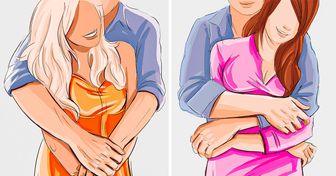
What 10 Cartoon Characters Would Look Like With Realistic Bodies

People Online Noticed Brad Pitt’s New Partner Is a Spitting Image of Angelina Jolie

Helen Hunt, 60, Stuns During Her Latest Appearance, and Her Lips Become the Center of Attention

Keanu Reeves Finally Cuts His Long Hair, and His New Look Causes a Stir

Anne Hathaway Deemed Unrecognizable After Her Face Shocked Many in New Pics

Parents Shared 14 Stories That Can Warm Your Heart

10 Hairstyles That Can Ruin Even a Flawless Look

I Took the Money My Boyfriend Saved Up for an Apartment and Changed Our Relationship Forever

10 Parenting Tips That’ll Help You Raise More Independent and Confident Children

15+ Comics That Show How Modern Life Is Different From How Our Parents Lived

